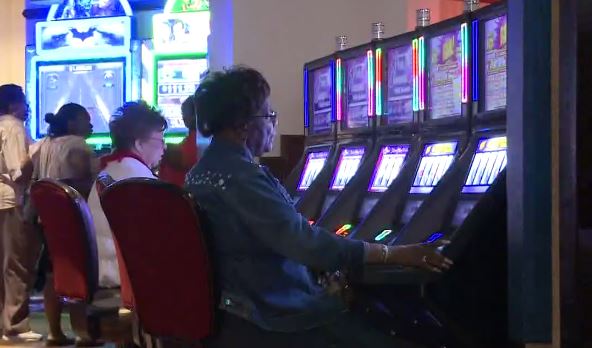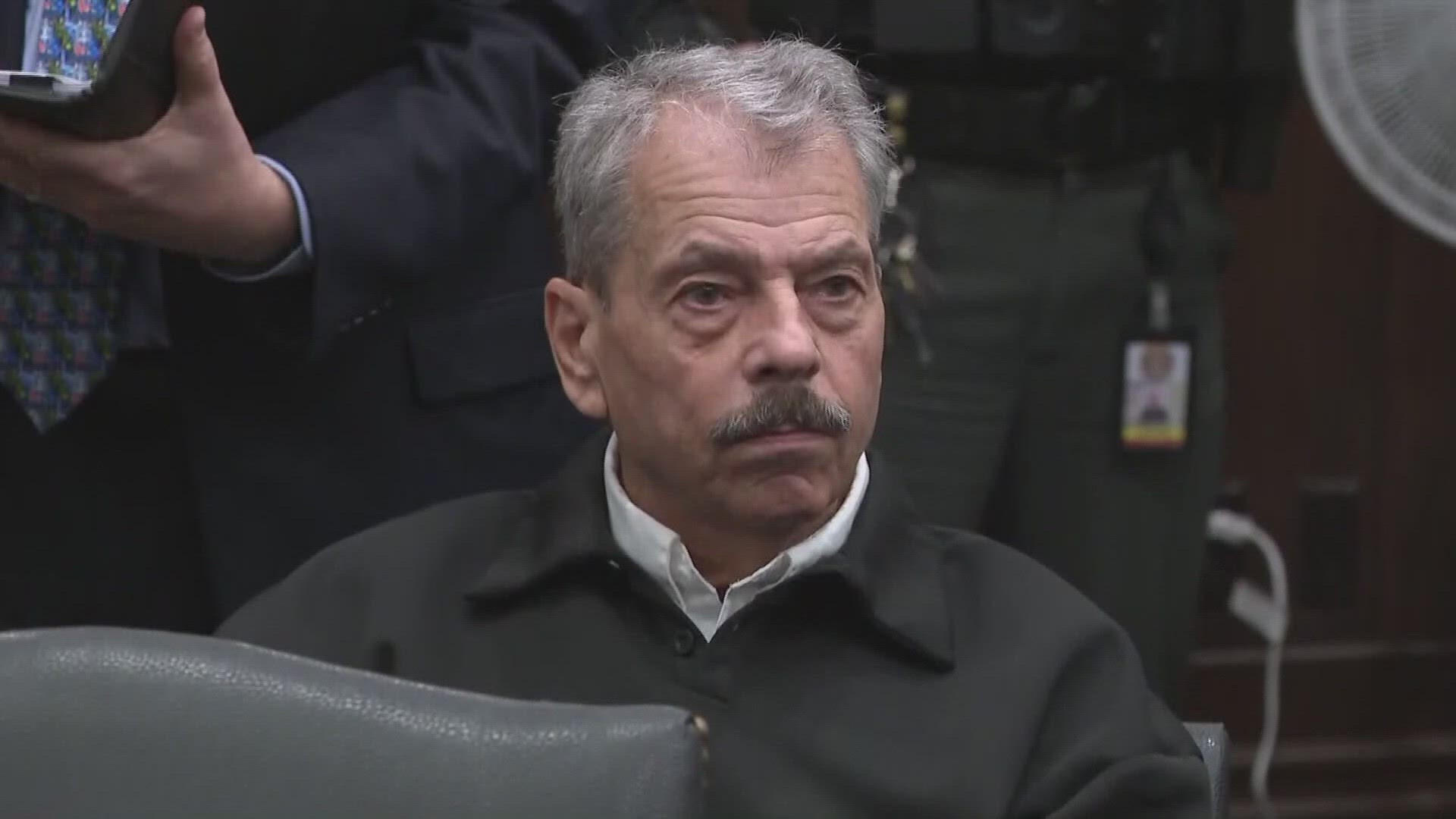Ohio was supposed to be swimming in new jobs and gambling taxes after voters approved legalized casinos.
Now, five years after the last casino opened in Downtown Cincinnati, the jackpot has fallen short of the flush promises made during the 2009 campaign.
Casino operators blame Gov. John Kasich for flooding the Ohio market with unforeseen gambling competition after he authorized video slots at seven racetracks in 2011, introducing gamblers to "racinos."
When all 11 of Ohio's venues are combined, the resulting state money still falls short of gambling proponents' 2009 projections, while the jobs figures appear on target. Altogether gambling generates nearly $590 million in taxes or lottery revenue kept by the state, while the venues employ nearly 8,000 – about the same amount as steel mill workers across Ohio.
Still, Ohio's heavy supply of racino gambling may be holding down jobs in the state's gambling market.
Because Ohio racinos don't offer labor-intensive table games, such as Black Jack, roulette or Poker, they tend to employ fewer workers. States with the richest combination of tax revenues and pay to gambling workers tend to be big states with large gambling markets that offer full-service gambling outlets.
The conflicting visions of gambling that were set in place have resulted in a splintered market.
Nowhere in the state of Ohio is casino vs. racino competition more apparent than in Greater Cincinnati. The metropolitan area, which spills into Southeast Indiana and Northern Kentucky has seven gambling outlets.
Jack Casino Cincinnati (which began as Horseshoe) has shed 500 workers since it first opened five years ago as competing racinos opened in Anderson Township (Belterra Park), Dayton (Hollywood Gaming) and Turltecreek Township (Miami Valley Gaming).
Ohio's fractured gambling market also means less taxes distributed to a wide range of beneficiaries.
Ohio's 33 percent tax on casino gambling revenues is distributed to cities, counties, school districts and some state programs. The 33.5 percent of racino gambling money retained by Ohio goes to the state Department of Education.
While gambling venues have boosted revenue to pay for schools and government services, state officials say problem gambling has also jumped.
Last fall, state officials estimated 76,000 Ohioans or nearly one in 100 state residents have a gambling problem. A 2012 estimate generated before the casinos and racinos opened pegged problem gamblers at less than one in 200 Ohioans. Still, state officials say Ohio's rate of problem gambling is less than half the national average of 2.2 percent of the U.S. adult population.


